Have you ever noticed the label “Ginjoshu” on a bottle of sake when making your choice? Ginjo sake may have the reputation of being a high-class beverage, but it has become more accessible in recent times. In this article, let’s explore the features of ginjo sake and understand the distinctions between ginjo and daiginjo varieties.
What is Ginjo Sake?
Introduction to Japanese sake
Before we find out what Ginjo sake is, let’s explore more about Japanese sake in general. Japanese sake, or simply “sake,” is a traditional Japanese alcoholic beverage made from rice. It’s unique in its production process, where rice is polished, fermented, and brewed. Sake has a wide range of flavors, from light and crisp to rich and robust, and it can be enjoyed at various temperatures. It’s a staple of Japanese culture, consumed during celebrations, ceremonies, or even after a long day of work. With its deep-rooted history and careful craftsmanship, sake holds a special place in the hearts of many. So, in essence, Japanese sake is a versatile drink that represents the essence of Japan’s heritage and traditions.
What is Ginjo sake?
Ginjo is a special type of sake. The word “Ginjo” means “sake brewed after examination” and people started using it during the Meiji and Taisho periods. It gained more significance around 1930-1931 when vertical rice polishing machines were introduced, possibly leading to the development of a unique fruity aroma known as “ginjo incense.” Ginjo sake is known for its fresh and delicate taste, often described as having a refreshing, light flavor. Research and technological improvements in the 1960s enhanced the quality of ginjozo.
Ginjo was not commercially available until 1975 when the Central Association of Japanese Sake Brewers introduced a classification system based on production methods, marking the emergence of “Ginjoshu” in the market. In 1990, conditions for labeling “ginjo sake” were established by the “Standards for the Quality Labeling of Seishu Production Method” law. Nowadays, “ginjoshu” has become a recognized term, and its production continues to grow.
Comparison between Japanese sake and ginjo sake
Sake is the general type of Japanese rice wine, while Ginjo Sake is a refined variation of it. Both originate from Japan and share common production methods. Sake encompasses various flavors and styles, but Ginjo Sake stands out for its use of highly polished rice, resulting in a delicate and aromatic taste. In essence, Sake represents the broader family, while Ginjo Sake is the distinguished member that brings sophistication to the Japanese rice wine tradition.
You can find about other types of sake here.
Characteristics of Ginjo
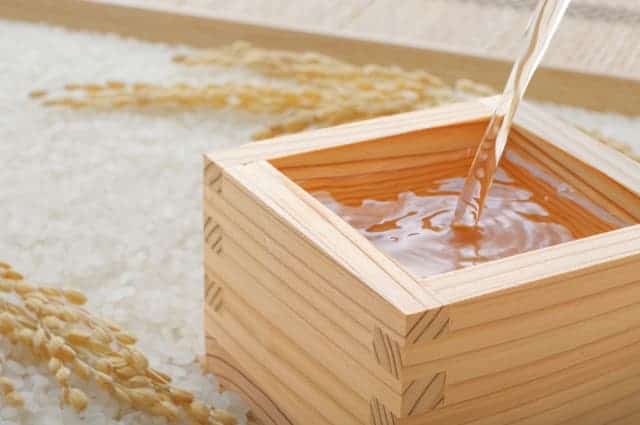
Feature
Ginjo sake features the addition of brewed alcohol and a rice polishing ratio of less than 60%. When the rice polishing ratio is less than 50%, it falls into the category of Daiginjoshu.
Furthermore, ginjo sake is produced using a method known as “ginjori.” This process entails fermenting rice that has been more finely polished for an extended period at lower temperatures than usual. It produces a fruity and opulent aroma referred to as “Ginjo incense.”
Ginjo sake stands out for its unique characteristics, setting it apart from other sake varieties such as junmaishu, honjozoshu, and regular sake. What truly defines ginjo sake is its emphasis on flavor, making it an ideal choice for those seeking a delightful and aromatic experience.
Distinct Aromas
One of the hallmark features of ginjo sake is its captivating aroma. The scent of ginjo sake is classified into two categories, each offering a different olfactory journey:
- Hana Ginjo:
- Aromatic Intensity: Hana Ginjo is renowned for its intense fragrance, making it a sensory delight.
- Fruity Bouquet: Expect exquisite scents reminiscent of apples and other fruits when you pour or savor this sake.
- Ideal Pairing: With its light and beautiful taste, Hana Ginjo is perfect for an aperitif. Serve it slightly chilled at around 10 degrees Celsius, but be mindful not to overcool, as the fragrance mellows with lower temperatures.
- Ajiginjo:
- Mild Aroma, Deep Taste: Ajiginjo, while having a more subdued fragrance compared to Hana Ginjo, offers a profound aroma akin to bananas.
- Perfect Complement: Its tasteful nature makes Ajiginjo an excellent choice for pairing with various dishes during meals.
- Temperature Recommendation: Unlike other ginjo sake, Ajiginjo can be enjoyed slightly warmed at around 40 degrees Celsius, although it’s essential not to overheat, as this may diminish its aroma.
Versatile Enjoyment
Ginjo sake provides a diverse range of experiences for those who appreciate the art of sake. With its aromatic spectrum, ginjo sake is an ideal selection for those who want to savor the essence of fragrance, while the ajiginjo variety offers a deeper taste profile that harmonizes beautifully with culinary delights.
The difference between sake ginjo and daiginjo
Ginjo sake comes in two categories: “Ginjo” and “Daiginjo.”
Furthermore, there is junmaishu, which is a sake without added brewing alcohol. Within this category, those produced using the ginjori method are referred to as “junmai ginjoshu” and “junmai daiginjoshu.”
Daiginjo sake has a rice polishing ratio of 50% or less. It shares the same raw materials and manufacturing methods as ginjo sake, with the key difference being the rice polishing ratio.
It undergoes even more extensive rice polishing than ginjo sake. While ginjo sake has a rice polishing ratio of 60% or less, daiginjo sake takes it a step further with a polishing ratio of 50% or less. In other words, ginjo sake polishes more than 40% of the rice, while daiginjo sake goes beyond that, polishing more than 50% of the rice.
History

The Emergence of “Ginjo” (Meiji Period)
The history of ginjo sake dates back to the Meiji period when the term “ginjo” became linked to sake production. Early pioneers, like Yuichi Akiyama, worked to uncover its origins. Clues from the Edo period, such as the presence of “enzo” on diagrams and sake barrel labels, hinted at its early use. The first written mention of “ginjo” appeared in Goro Kishi’s “Sake Brewing No Toshibi” in 1894, and it surfaced again in the “Brewing Association Magazine” in 1906, as well as in Mr. Chikashi Kanomata’s records published in the “Brewing Laboratory Report” in 1909. This rise of “ginjo” aligned with sake brewers’ ambitions to shine in sake fairs, spurring continual advancements in brewing techniques.
Advancements in Brewing Technology
Around 1930-1931, the introduction of a tatami-type rice polishing machine enabled advanced rice polishing. This involved evolving the polishing process from a 60% to a 50% rice polishing ratio, where brown rice was scraped from the outer 40% to 50%. This process effectively removed fat and protein from the surface layer of the rice, with a focus on starch for sake production. Studies confirmed that reducing unsaturated fatty acids, formed during rice fat decomposition, prevented the creation of isoamyl acetate, a key component of ginjo incense. By further refining the polishing process and removing fat-rich surface layers, they could consistently produce sake with a fragrant quality. Around 1953, they discovered that Association No. 9 yeast, known for its balanced aroma resembling apples and bananas, was suitable for brewing ginjo sake.
Commercialization and Labeling Standards
In 1975, the Central Association of the Japanese Sake Brewing Association introduced changes that revolutionized the sake industry. They implemented labeling classifications based on manufacturing methods, bringing “ginjoshu” to the market for the first time. These changes ensured that consumers could recognize and appreciate the distinctive qualities of ginjo sake.
Then, in 1990, the “Standards for the Quality Labeling Method of Seishu” set specific criteria for “Ginjoshu” designation. To be labeled as “Ginjoshu,” the rice polishing ratio must be 60% or less, indicating that at least 40% of the brown rice has been removed. The process of brewing must be followed, and the sake should exhibit a unique flavor and color known as “Ginjori.” This process involves a lengthy fermentation period at low temperatures, around 5 to 10 degrees Celsius, lasting approximately 30 days.
Over the years, “ginjoshu” has firmly established itself in the world of sake, and many breweries have embraced it, bringing the joys of ginjo sake to a wider audience. The advancements achieved in the research and development of ginjo sake production, along with the refinement of brewing techniques, have not only shaped the world of ginjo sake but also had a positive impact on other sake brewing practices. This influence has contributed to raising the overall quality of sake, ensuring that enthusiasts can enjoy a wide range of sake varieties.
Ginjo FAQ
- Can you describe the significance of the “ginjo incense” and how it contributes to the overall experience of enjoying ginjo sake?
Ginjo incense” is a fragrant quality that characterizes ginjo sake. It’s often described as having fruity and floral notes, reminiscent of apples, pears, or melons. This aroma adds to the overall experience of enjoying ginjo sake, enhancing the tasting process by engaging the sense of smell. The ginjo incense is a delightful part of the sake’s appeal, and it contributes to the sake’s overall complexity.
- Is there a proper way to store and serve ginjo sake to preserve its quality and flavor?
To store and serve ginjo sake, it’s essential to keep it in a cool, dark place to preserve its quality. Avoid exposure to direct sunlight and temperature fluctuations. When serving, it’s best to serve ginjo sake chilled to enhance its refreshing qualities. Some people also enjoy gently warming it to a lukewarm temperature for a different experience, but overheating should be avoided as it can alter the sake’s aroma.
How to make Ginjo Sake?
Start by carefully choosing specific sake rice varieties renowned for their suitability in creating ginjo sake with an elegant aroma and flavor profile.
The sake rice undergoes meticulous polishing to attain a specific rice polishing ratio. To meet the criteria for ginjo sake, at least 40% of the rice’s outer layers are removed, resulting in a polished ratio of 60% or less.
Breweries make a critical decision regarding the yeast strain used, influencing the final product’s aroma and taste. This choice significantly impacts the ginjo sake’s characteristics.
The hallmark of ginjo sake production is the slow fermentation process carried out at low temperatures. The controlled environment allows for the development of the unique ginjo incense.
The duration of fermentation varies by brewery, impacting the complexity of aromas and flavors. This step captures the fragrance components that contribute to the sake’s distinctive character.
Some breweries opt for an additional aging process, refining the sake’s flavors and aromas even further. This step is chosen selectively, depending on the desired outcome.
After the brewing process, sake is meticulously filtered, and the final product is bottled. The label clearly designates it as ginjo sake, indicating its unique qualities.
Restaurants/ Stores
Nurukan Sato (ã¬ã‚‹ç‡— ä½è—¤)
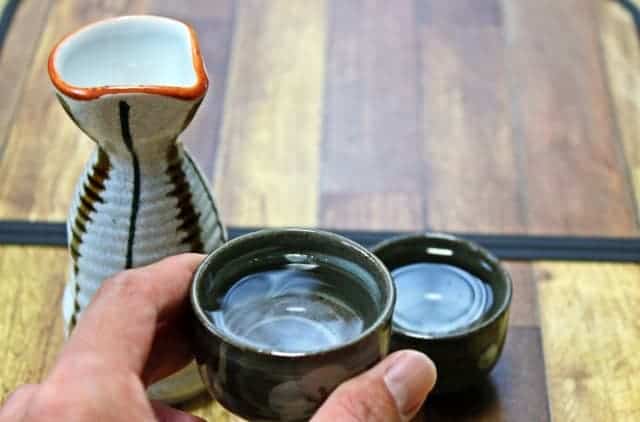
Welcome to a hidden gem in Roppongi! This cozy restaurant is tucked away in a quiet alley. Inside, it has a stylish and peaceful atmosphere. You can sit at the counter to watch the chef work, or you can choose a traditional Japanese-style private room for special occasions.
They have a fantastic selection of over 120 local sake types, carefully chosen by the owner, who really knows their stuff. You can enjoy sake at different temperatures, from warm to cold.
When it comes to food, they serve dishes like Daisen chicken and Japanese black beef that pair perfectly with sake. The staff can also recommend the best sake to go with your meal as well as the best Ginjo sake.
Fukube (通人ã®é…’å¸ã€€ãµãã¹ )

Step into a beloved izakaya in Yaesu, Tokyo, cherished by locals since 1938. The cozy setting boasts a wooden cypress counter with 10 seats. You can choose from 41 sake options from across Japan, all handpicked to make you feel at home. The famous Kiku-Masamune barrel sake is a hit. Enjoy classic appetizers like “Shime mackerel” and “Oden,” as well as seasonal delights. It’s your go-to place for top-notch sake and tasty side dishes.
Jyuban Ukyo (å番å³äº¬)
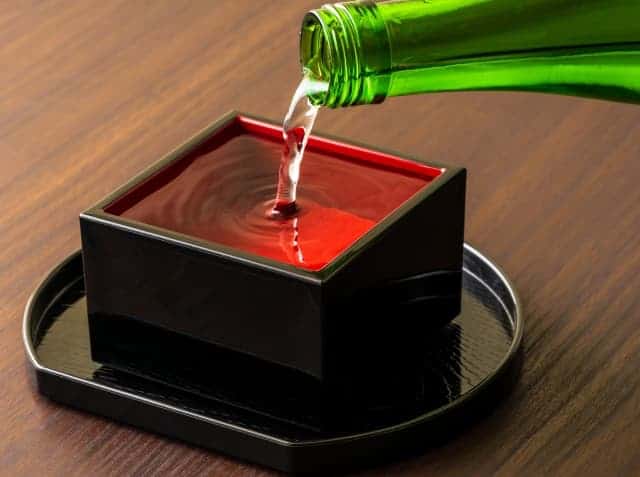
Explore a renowned Azabujuban restaurant frequented by celebrities and food enthusiasts. They offer 250 Japanese sake options and exquisite dishes. The cozy space provides counter, table, and terrace seating. Their thoughtful menu assists you in selecting the right sake. Don’t miss the “Mini Mini Ochoko Donburi” featuring salmon roe, sea urchin, and caviar for a perfect pairing.
Online shopping
For those who want to order or buy Ginjo sake in Japan, you can mail it to your home online on Rakuten. You can check out some shops that sell them via Rakuten by clicking below.
And for those who want to order or buy but live away from Japan. You can ship them from Rakuten by following the steps below. Rakuten offers International Shipping Service, so do not worry about how to receive your items. Rakuten Global Express is an online shopping service that allows users to shop at stores in Japan.
Sign up
First, you need a Rakuten ID. If you are already a Rakuten member, you can start using Rakuten Global Express. If you have not registered yet, click here.
Get your personal RGX address
After signing up, you will get a Japanese address: a Rakuten Global Express address.
Shop at stores in Japan
Now that you get yourself a personal RGX address (Rakuten Global Express address). You can shop online in Japan, click here to shop for Ochazuke (not only Rakuten but other online stores are also included).
When you have decided on your items, set the delivery address to your Rakuten Global Express address.
Confirm items
After items are shipped to the RGX address, they will be packed into one package. You also receive an email upon confirming these items and payment.
Once the payment is confirmed, your package will be delivered within a designated period depending on your shipping choice.
Takeaway
Ginjo sake is all about delightful scents and delicious tastes. If you enjoy exploring unique fragrances in your drinks, it’s a great choice. You can try different brands to find your favorite. Ginjo sake showcases Japanese craftsmanship and culture. It’s a sip of tradition and art. So, if you like rich flavors in your drinks, give this sake a try.
If you are also a fan of Japanese drinks, find more below!
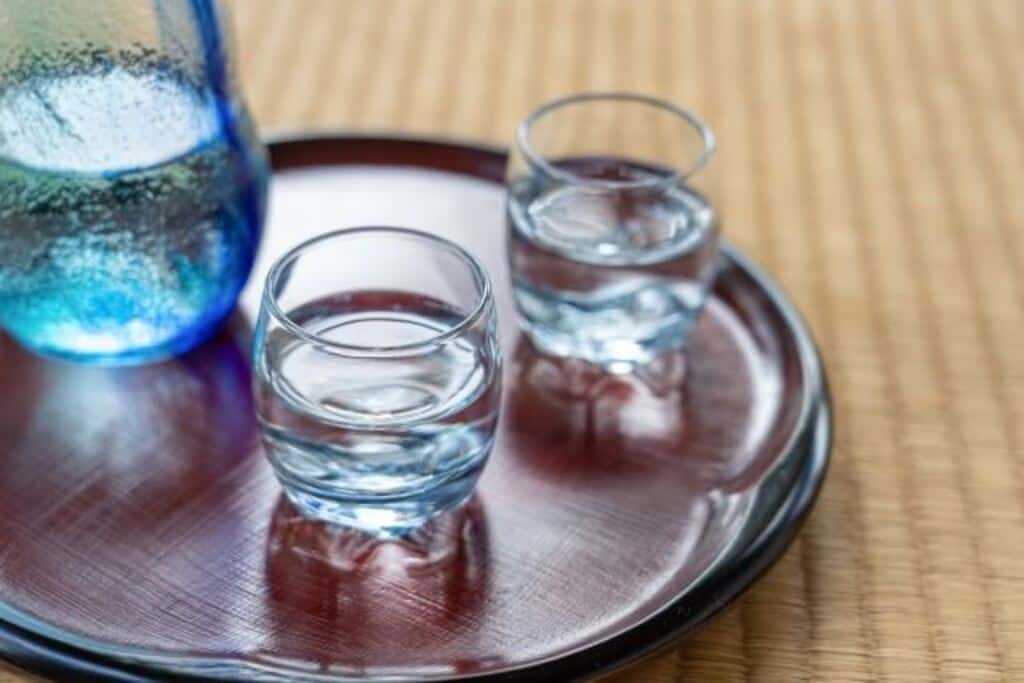
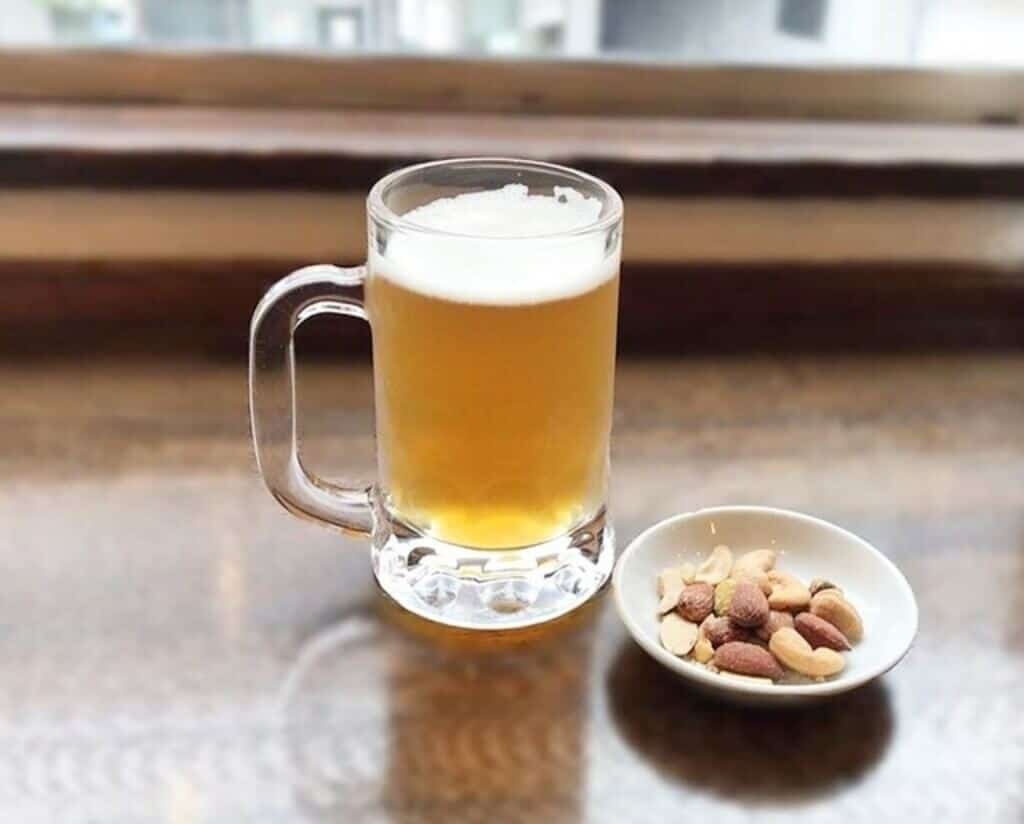
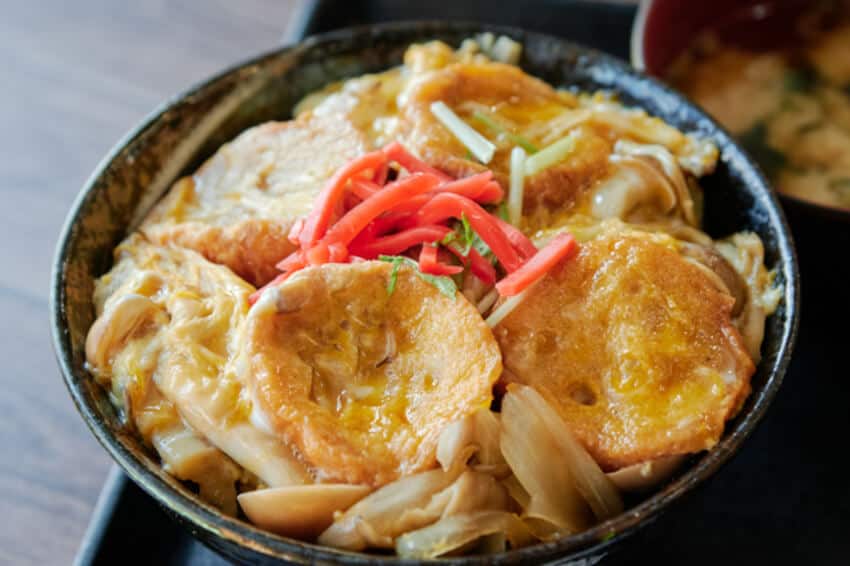
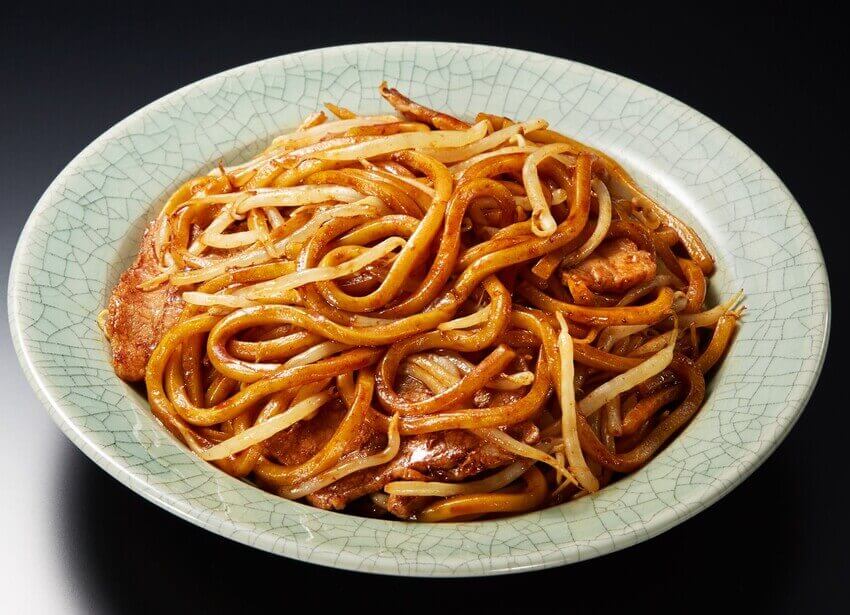




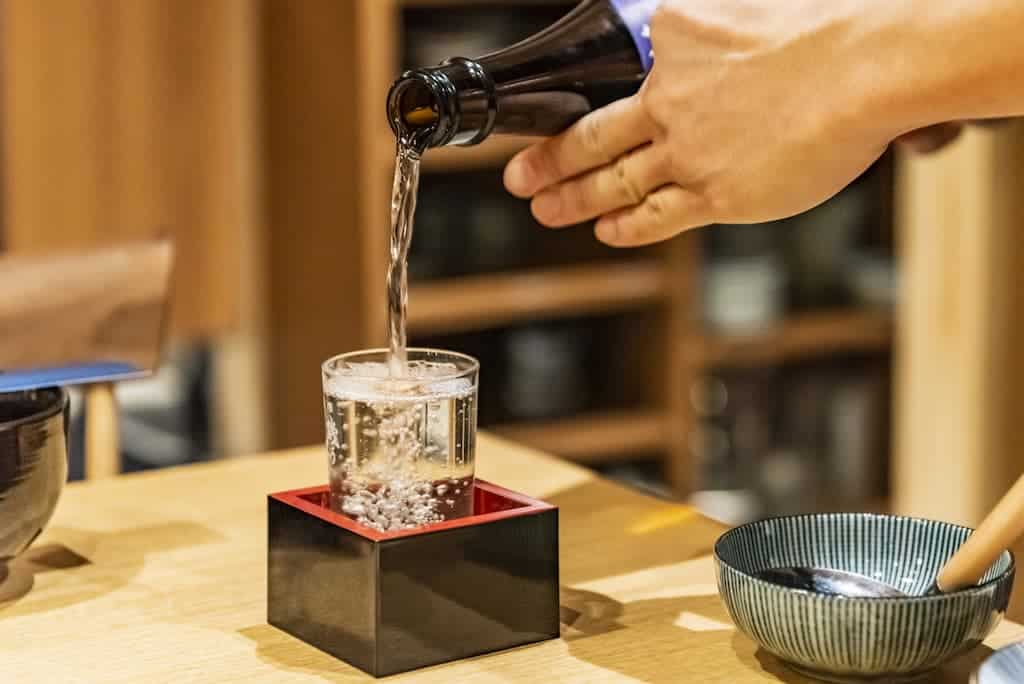
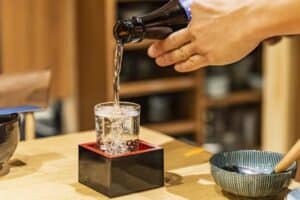


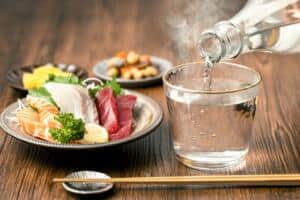
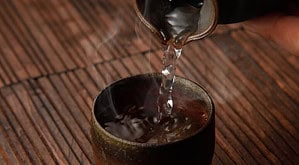
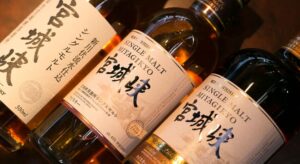
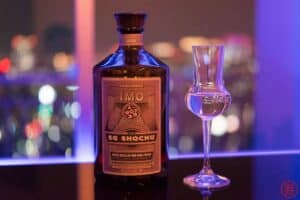
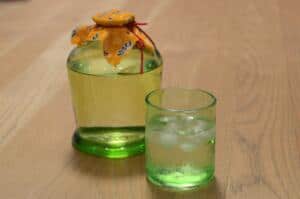
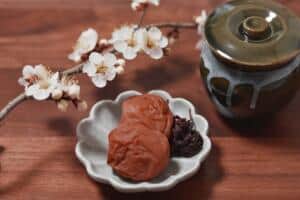
Comments